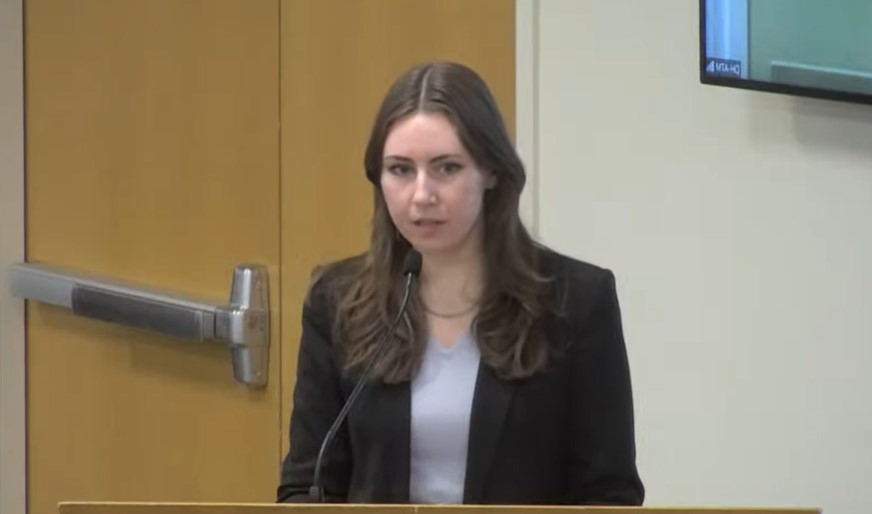Good morning! I’m Kara Gurl, Research and Communications Associate at the Permanent Citizens Advisory Committee to the MTA, PCAC.
Communicating with riders is key to a positive transit experience— and that includes having transit workers nearby to share information or assistance. This month’s announcement that Station Agents will leave the booth to interact with riders by turnstiles, on platforms, and anywhere else they may need help is a big step in the right direction. Station Agents are often the first face of the MTA that riders see when they enter the transit system. Making them even more visible throughout the station helps signal that rider communications is a top priority.
It’s also great to hear that Customer Service Centers will be established around the five boroughs. Anyone who has made the trek to the MTA’s Stone Street Customer Service Center knows how important it is to have centers for riders to get help with reduced fare MetroCards, upgrade to OMNY, or other assistance right in their own neighborhoods.
This focus on rider communications is particularly important with the ongoing transition to OMNY. It’s clear that more information and outreach is needed to show riders that OMNY will be a welcome change. We continue to hear questions and misinformation from riders who wrongly believe that they’ll only be able to use OMNY with a smartphone, others who complain that they’ll no longer be able to use cash to pay, and confusion about whether the $5 OMNY card fee can be used for the fare— we think it should, to avoid an additional burden on those who may need to pay with cash. OMNY will open more possibilities for fare discounts, but it’s important that the MTA reaches the many riders who may need more targeted outreach and communication to have their questions answered.
Today, you’ll also be voting on some important New Needs requests as part of the November financial plan. We’re particularly excited about initiatives that can help improve service, like the Availability Unit that will hopefully reduce delays caused by staffing shortages, and improving maintenance management to get ahead of potential issues. Together with better rider communications, these initiatives will help create a faster, more reliable, and more enjoyable transit experience.
